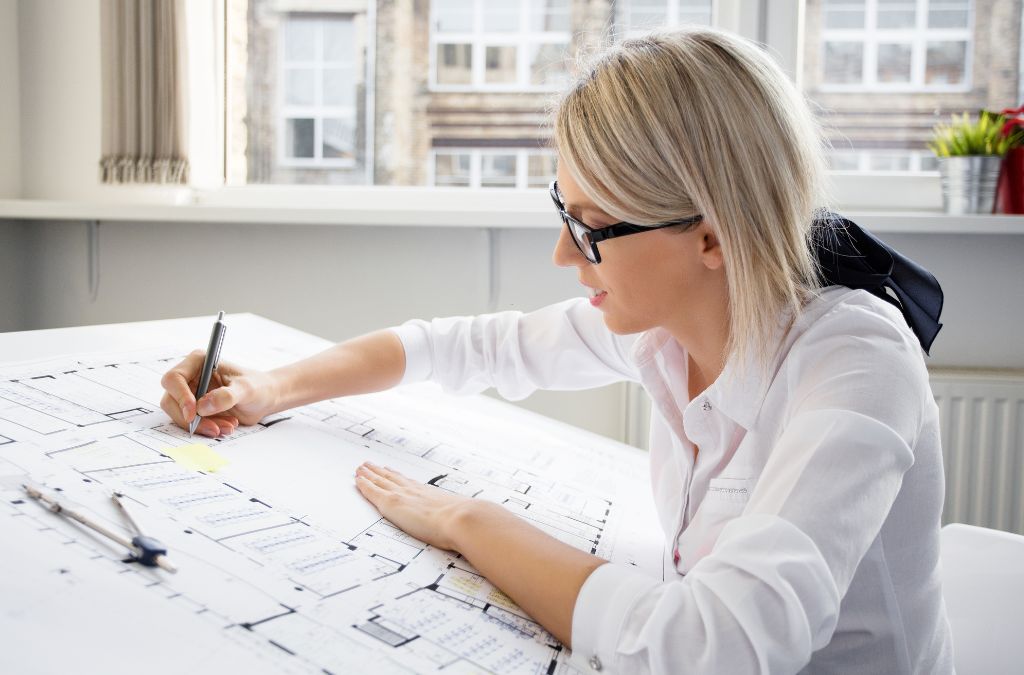-
Table of Contents
- Innovative Architect: Designing Tomorrow’s Spaces
- Embracing Sustainability
- Green Building Materials
- Energy-Efficient Systems
- Integrating Technology
- Smart Homes
- Advanced Construction Techniques
- Fostering Community and Well-being
- Biophilic Design
- Community Spaces
- Case Studies of Innovative Architecture
- The Edge, Amsterdam
- Bullitt Center, Seattle
- Conclusion
Innovative Architect: Designing Tomorrow’s Spaces
In an era where technology and sustainability are at the forefront of societal progress, the role of the architect has evolved significantly. Modern architects are not just designers of buildings; they are visionaries who shape the future of our living and working environments. This article explores the innovative approaches that contemporary architects are employing to design the spaces of tomorrow.
Embracing Sustainability
Sustainability has become a cornerstone of modern architecture. Architects are increasingly integrating eco-friendly materials and energy-efficient systems into their designs. This shift is driven by the need to reduce the environmental impact of buildings and create healthier living spaces.
Green Building Materials
One of the key trends in sustainable architecture is the use of green building materials. These materials are sourced responsibly and have a lower environmental footprint compared to traditional options. Examples include:
- Bamboo: A fast-growing, renewable resource that is both strong and flexible.
- Recycled steel: Reduces the need for new steel production, which is energy-intensive.
- Rammed earth: Utilizes natural soil and has excellent thermal properties.
Energy-Efficient Systems
Energy efficiency is another critical aspect of sustainable design. Architects are incorporating advanced systems to minimize energy consumption. Some of these systems include:
- Solar panels: Harnessing solar energy to power buildings.
- Geothermal heating and cooling: Utilizing the earth’s natural temperature to regulate indoor climates.
- Smart lighting: LED lights with sensors that adjust based on occupancy and natural light levels.
Integrating Technology
The integration of technology in architecture has opened up new possibilities for design and functionality. From smart homes to advanced construction techniques, technology is revolutionizing the way we build and interact with our spaces.
Smart Homes
Smart home technology allows for greater control and automation of various systems within a building. Features of smart homes include:
- Automated climate control: Adjusts heating and cooling based on occupancy and preferences.
- Security systems: Advanced surveillance and access control for enhanced safety.
- Voice-activated assistants: Control lighting, appliances, and other systems through voice commands.
Advanced Construction Techniques
Innovative construction techniques are enabling architects to push the boundaries of design. Some of these techniques include:
- 3D printing: Allows for the creation of complex structures with precision and efficiency.
- Modular construction: Prefabricated modules that can be assembled on-site, reducing construction time and waste.
- Robotics: Automated systems for tasks such as bricklaying and concrete pouring, improving accuracy and speed.
Fostering Community and Well-being
Modern architecture is increasingly focused on creating spaces that foster community and enhance well-being. This approach recognizes the impact of the built environment on mental and physical health.
Biophilic Design
Biophilic design incorporates natural elements into the built environment to promote well-being. Key features include:
- Natural light: Maximizing daylight to improve mood and productivity.
- Indoor plants: Enhancing air quality and providing a connection to nature.
- Water features: Creating a calming atmosphere with fountains and ponds.
Community Spaces
Architects are designing spaces that encourage social interaction and community engagement. Examples of such spaces include:
- Public parks: Green spaces for recreation and relaxation.
- Community centers: Facilities for social gatherings, education, and activities.
- Mixed-use developments: Combining residential, commercial, and recreational spaces to create vibrant neighborhoods.
Case Studies of Innovative Architecture
Several projects around the world exemplify the principles of innovative architecture. These case studies highlight the impact of forward-thinking design on communities and the environment.
The Edge, Amsterdam
The Edge is a prime example of a smart and sustainable office building. Located in Amsterdam, it features:
- Energy efficiency: The building generates more energy than it consumes, thanks to solar panels and an efficient design.
- Smart technology: Integrated systems for lighting, climate control, and security, all managed through a central app.
- Well-being: Biophilic design elements, such as green walls and natural light, enhance the work environment.
Bullitt Center, Seattle
The Bullitt Center in Seattle is often referred to as the greenest commercial building in the world. Key features include:
- Net-zero energy: The building produces as much energy as it consumes through solar panels and energy-efficient systems.
- Water conservation: Rainwater harvesting and composting toilets reduce water usage.
- Sustainable materials: The use of non-toxic, locally sourced materials minimizes environmental impact.
Conclusion
Innovative architecture is transforming the way we live, work, and interact with our environment. By embracing sustainability, integrating technology, and focusing on community and well-being, architects are designing spaces that meet the needs of today while anticipating the challenges of tomorrow. The examples and case studies discussed in this article demonstrate the potential of forward-thinking design to create a more sustainable and connected world.
